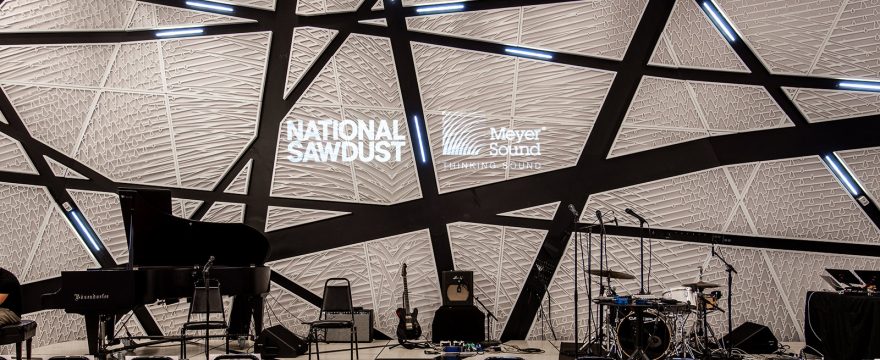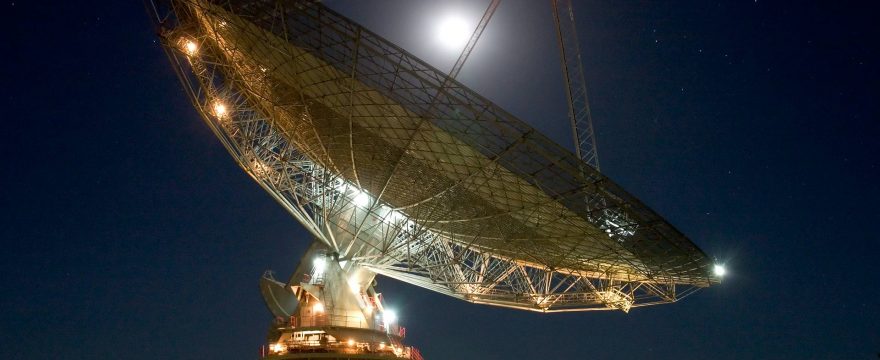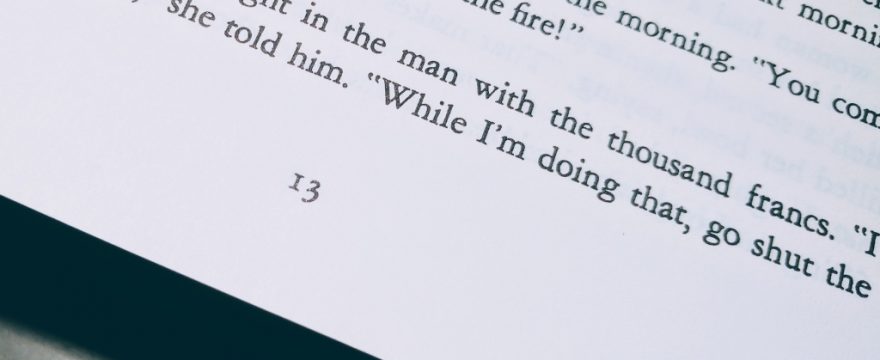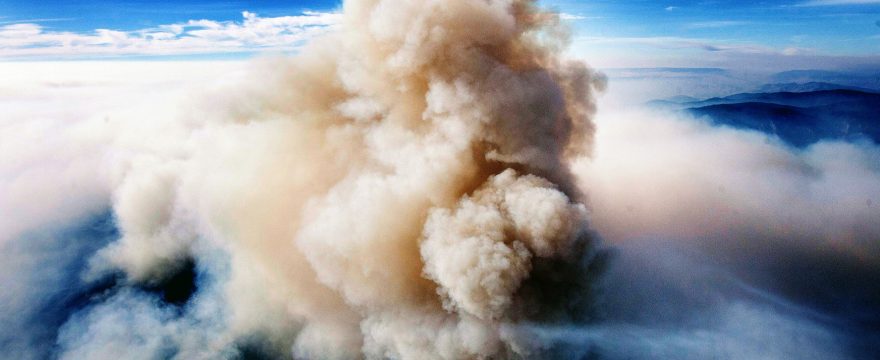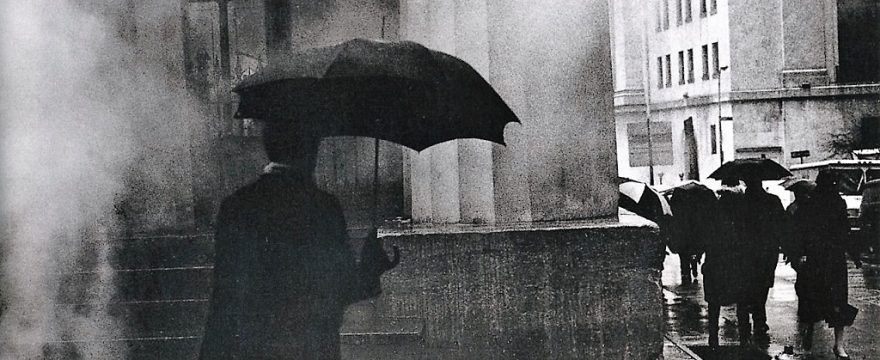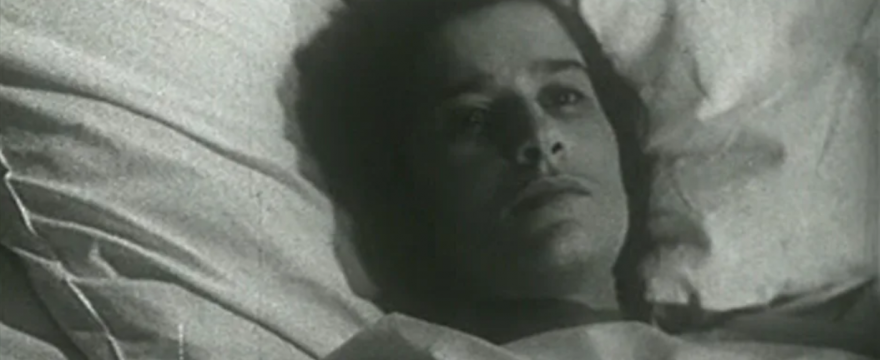An Evening of Immersive Audio... Composer Greg Wilder curates an evening of contemporary music from 1 to the 102 speakers that make up the Meyer Sound Constellation at National Sawdust. Featuring …
Continue Reading about Music in the Constellation at National Sawdust →
